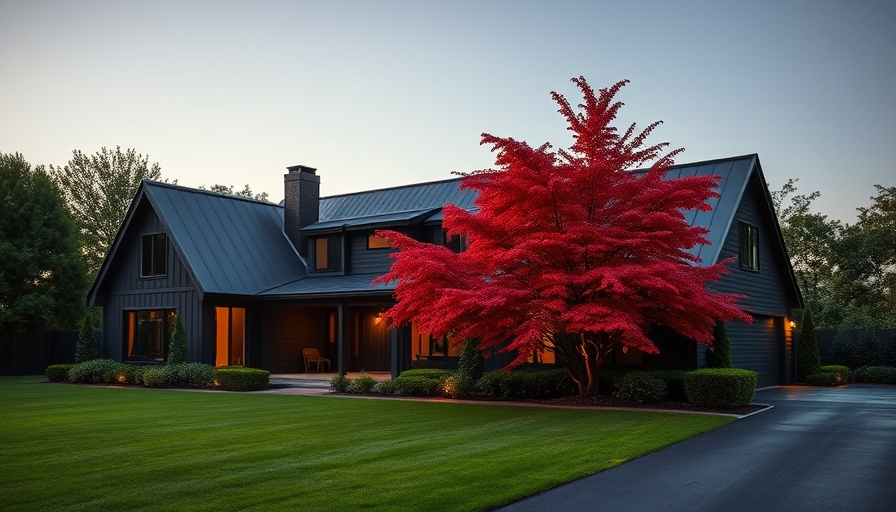
Marilyn Monroe's L.A. Home: A Cultural Landmark Worth Protecting
Marilyn Monroe's Brentwood home, the site of her tragic passing in 1962, has recently survived the threat of demolition for the second time in two years, thanks to a ruling from an L.A. judge. This news brings to light the ongoing conflict between preserving historical landmarks and the temptations of modernization within Southern California's development.
Historical Significance: More Than Just a House
Hollywood icons like Marilyn Monroe are entrenched in the fabric of American pop culture, and places associated with them hold unique historical significance. Monroe purchased her home at 5th Helena Drive for $75,000, making it not only a personal sanctuary but also an indelible part of her fascinating story — one that is echoed in the Latin phrase “Cursum Perficio” displayed at the entrance. Removing this house from the landscape would mean erasing a piece of both celebrity lore and architectural history.
The Battle Over Maintenance and Nuisance Claims
The homeowners, Brinah Milstein and Roy Bank, argue that after 14 owners and numerous renovations, the house lacks any tangible remnants of Monroe’s life. They view the ongoing influx of fans and tour buses as an inconvenience, although to many locals and Monroe enthusiasts, this is a testament to the allure surrounding the property. The debate raises questions: how do we determine what deserves preservation in a constantly evolving urban environment? Should nostalgia outweigh practical ownership concerns?
Urban Development vs. Historical Preservation: A Growing Tension
As Southern California experiences rapid development, a growing tension arises in balancing historical preservation with the desire to make space for new, often more modern constructions. Homeowner resistance combined with economic ambitions prompts significant dialogue about what defines cultural value within communities. This case exemplifies how celebrity heritage can clash with the aspirations of modern homeowners in a landscape driven increasingly by wealth.
Emotional Value of Monroe's Home to Local Residents
Local residents and fans rally behind the idea that Monroe’s home is sacred ground. For many, it represents a nostalgic connection to Hollywood’s Golden Age. The presence of such historical homes provides an emotional enrichment to the community, serving as gathering points for discussions about history, art, and celebrity culture. The home symbolizes more than just Monroe’s individual life; it embodies the collective memory of an entire generation.
Future Predictions: Will More Celebrity Homes Face Demolition?
As the current trend of tearing down older homes to make way for larger and more luxurious properties continues, one must consider the future of other significant homes in Hollywood. This legal battle may set a precedent for similar landmark cases, prompting communities to seek preservation efforts for other celebrity homes and iconic structures. If passed, this could lead to a resurgence of interest in historic preservation within California and beyond.
Lessons for Homeowners: The Importance of Legal Designation
This case serves as a poignant reminder for all homeowners: knowing the status of your property regarding potential historical significance can protect against unplanned developments or demolitions. Homeowners should take proactive measures to research and be aware of local historic ordinances, especially if their property might carry cultural or architectural weight. Understanding these dynamics can safeguard community treasures while also providing peace of mind for future generations.
Take Action: Advocacy and Awareness
The complexity of this case underscores the importance of advocating for historical preservation in your community. Supporting measures that protect significant cultural landmarks can help maintain the unique character of neighborhoods and encourage appreciation for local heritage. Each preserved home can spark conversations about artistry, history, and resilience, contributing to the rich tapestry of local culture.
In a state celebrated for its diversity and eclectic cultural history, Monroe’s Brentwood home stands not only as a memorial to a lost star but as a resilient fixture in a rapidly changing world. As this landmark continues to elude destruction, it invites us all to consider our role in valuing history in our communities.
 Add Row
Add Row  Add
Add 




Write A Comment